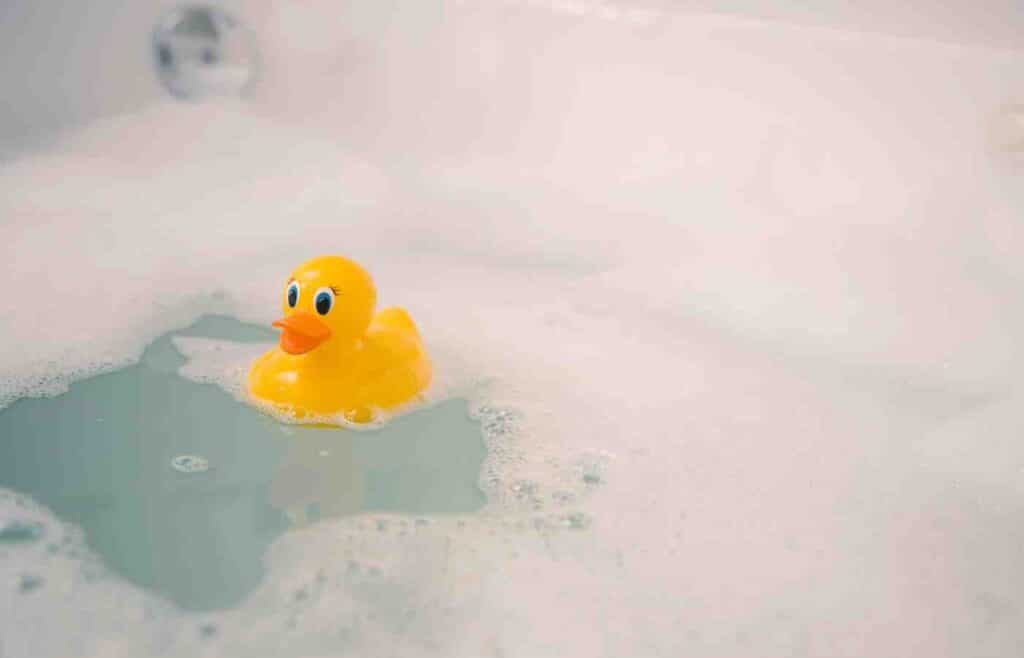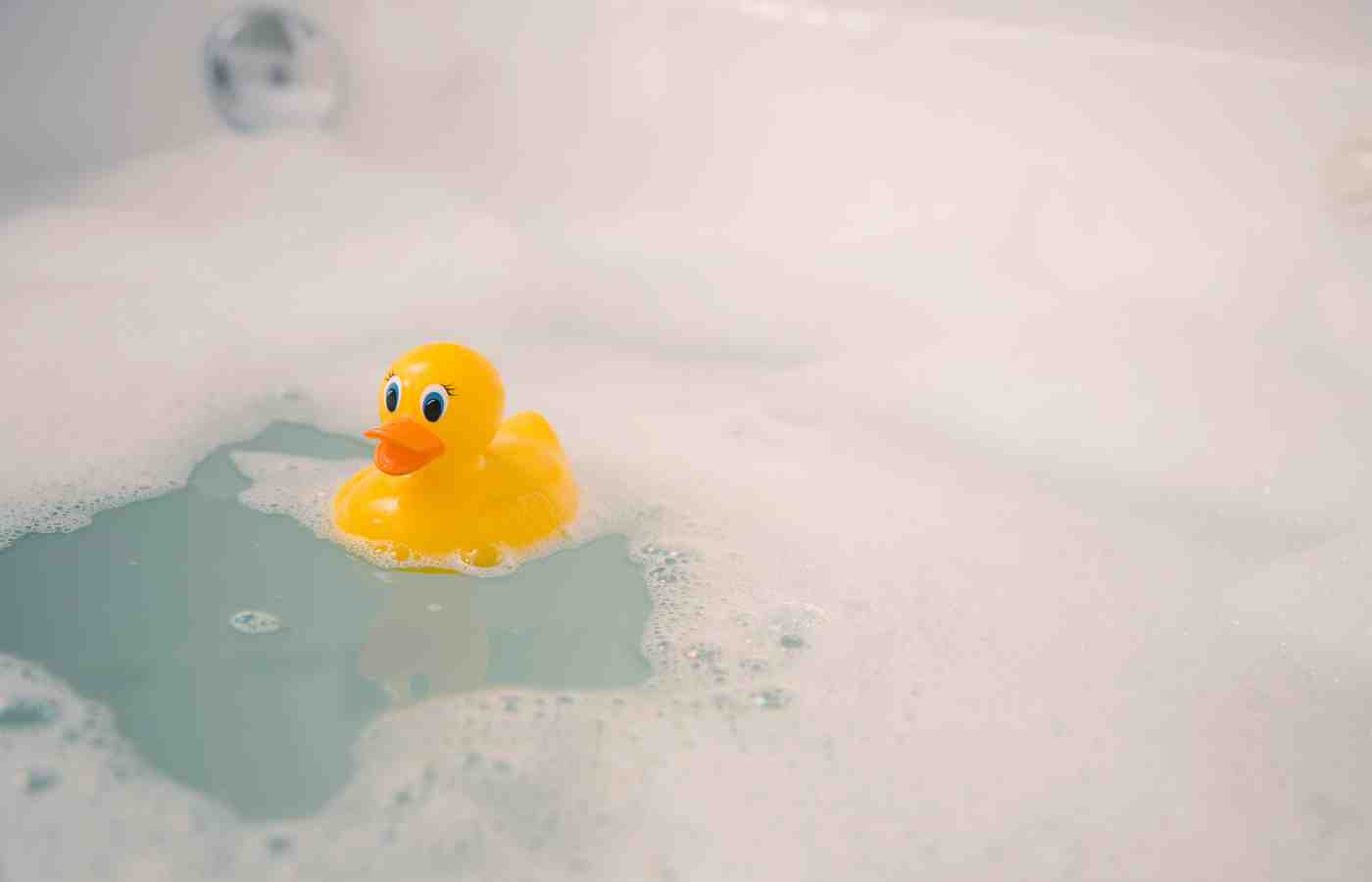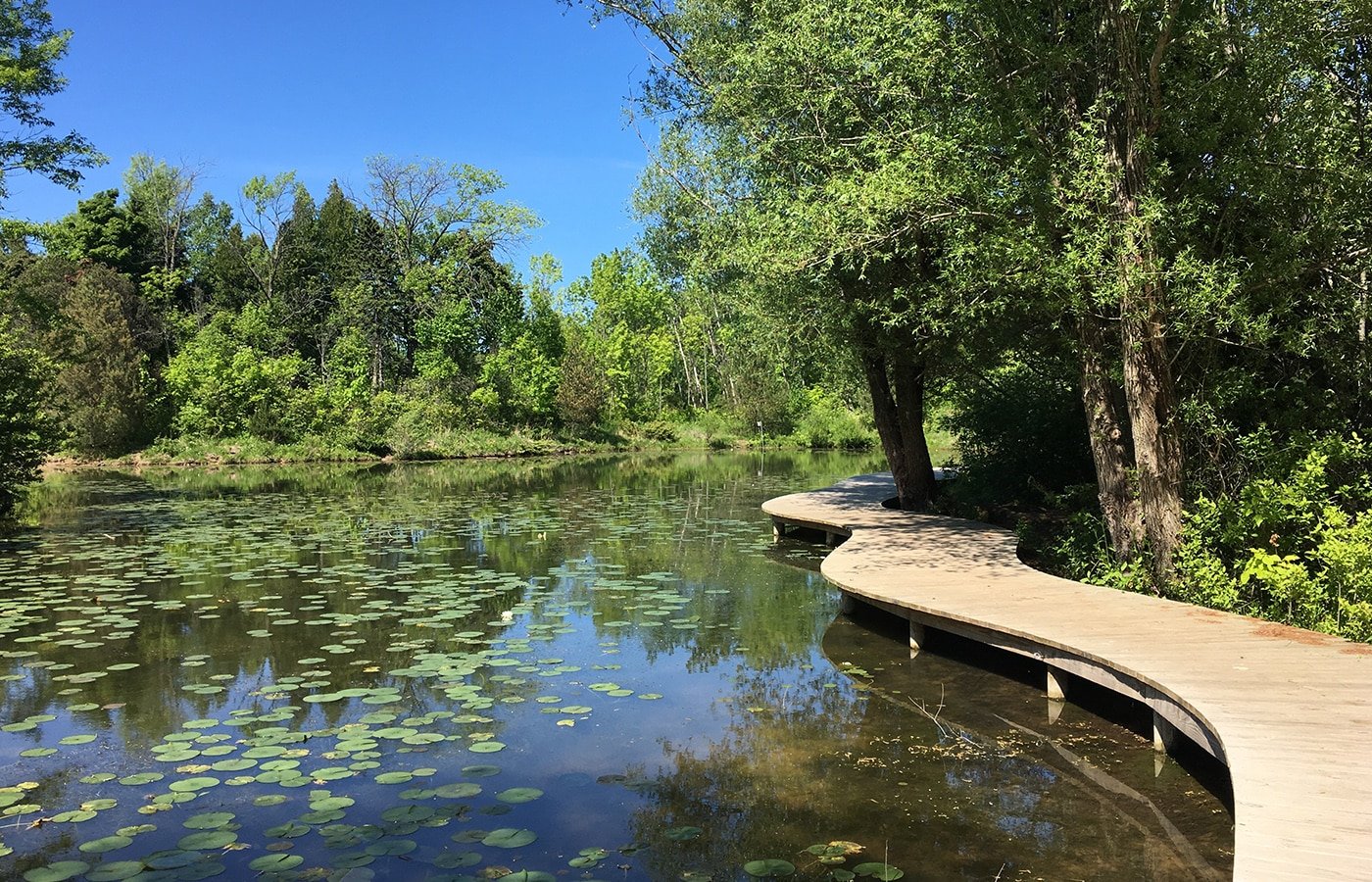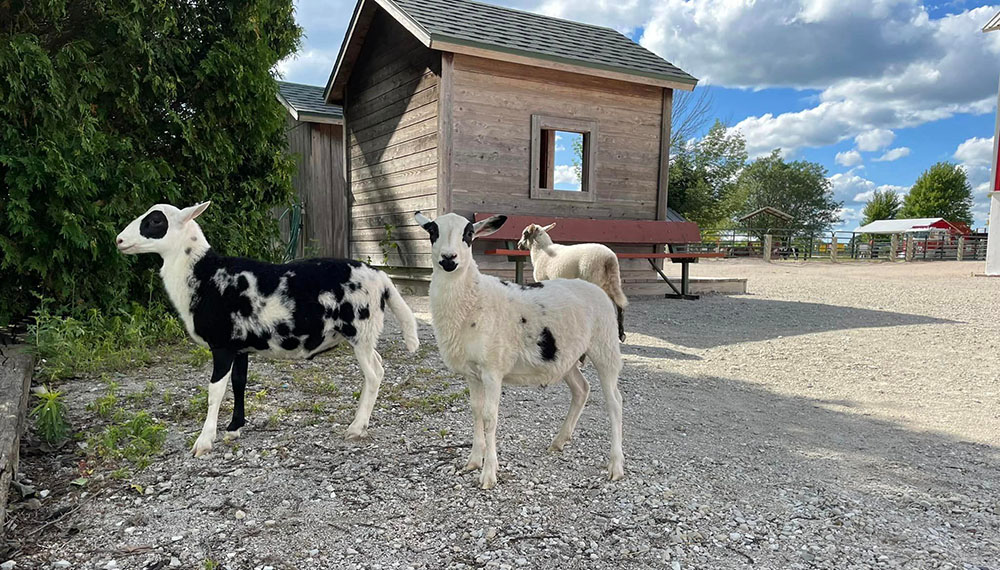Hello, science fans!
It’s Calie, back again to share another delightful and educational experiment that’s perfect for the young (and young at heart) scientists in your family.

Today, we’re exploring the fundamental concept of density through a simple yet engaging activity that has become a favorite in our household: the Sink or Float experiment.
This activity is not only fun but also serves as a foundational building block for understanding more complex scientific principles.
What You’ll Need
- Two large clear containers filled with water (they can also be small, we used drinking glasses)
- A variety of small household items
- A piece of paper and a pen for observations
Steps to Sink or Float
- Prepare Your Materials: Fill your clear containers with water and set them on a surface where you don’t mind getting a bit wet. Clear containers are best as they allow observers to see the results from all sides.
- Gather Your Test Subjects: Have your children collect small items from around the house. These can range from a cork, a pebble, and a plastic spoon, to a metal key or a piece of fruit. The more varied the items, the more interesting the experiment!
- Predictions First: Before testing each item, ask your kids to predict whether they think each item will sink or float. Have them write down their predictions on a piece of paper. This step introduces them to making hypotheses, a crucial part of the scientific method.
- Test Your Hypotheses: One by one, place the items in the water and observe what happens. Does the item sink to the bottom or float on the surface? Compare the outcomes with the predictions your children made earlier.
What’s Happening Here?
This experiment is a hands-on way to explore the concept of density, which is essentially how much stuff (mass) is packed into a certain amount of space (volume).
Objects that are denser than water will sink, while those that are less dense will float.
This simple activity not only helps kids understand density but also introduces them to the scientific method, encouraging them to make predictions, observe outcomes, and compare results.
Why It Matters
Understanding density is foundational in science, providing insights into why certain objects behave the way they do in different environments.
For example, it explains why some things float in water while others sink, an essential principle in fields ranging from maritime engineering to environmental science.
But beyond the scientific principles, this experiment is about sparking curiosity and encouraging a hands-on approach to learning. It shows kids that science isn’t just about memorizing facts; it’s about exploring, asking questions, and discovering the world around them.
More Experiments About Density
See Also: 100 Easy Science Experiments Your Kids Can Do At Home
So, gather up those household items, fill up those containers, and get ready to dive into a world of discovery. Who knows what fascinating insights your little scientists might uncover?
Happy experimenting,
Calie
Calie Herbst, Editor-in-Chief of Milwaukee With Kids, has spent over a decade combining her experiences as a parent of three to create a hub for Milwaukee’s family adventures.
Her decade-long teaching career in Milwaukee Public Schools and academic background, including a Master’s in Teaching from Marquette University and dual B.A.s in Sociology and Spanish from the University of Wisconsin – Madison, fuel her passion for inclusive and engaging family content.
Calie is also a recognized voice in local media, contributing to WISN Channel 12 News, WTMJ Wisconsin Morning News, Fox 6’s Real Milwaukee, and B93.3.
Discover more about Calie’s journey and editorial approach on her About Page and Editorial Policy Page.








